"The Eternaut", Trapped Argentina
Snow that kills people, unstoppable alien invaders, mushroom clouds rising into the sky, survivors who are suspicious of each other... All this happened on the streets of Buenos Aires. The warm and sweet community turned into a grim and terrifying battlefield in the blink of an eye. The River Plate Football Stadium, Argentine Congress Square and other landmark buildings in Buenos Aires were also reduced to ruins.

On September 4, 1957, Héctor Germán Oesterheld's most famous work, "The Eternaut", began serialization. Initially, “El Eternauta” was Oesterheld's tribute to “Robinson Crusoe”. He never expected that, during the Cold War, the broken Argentina he described would become a reality in the near future, and that he himself would become the character he created, bravely resisting with other workers for the sake of others' lives until the end of his life. No one could have imagined that Oesterheld's version of Robinson Crusoe would become a prophecy about Argentina's future.
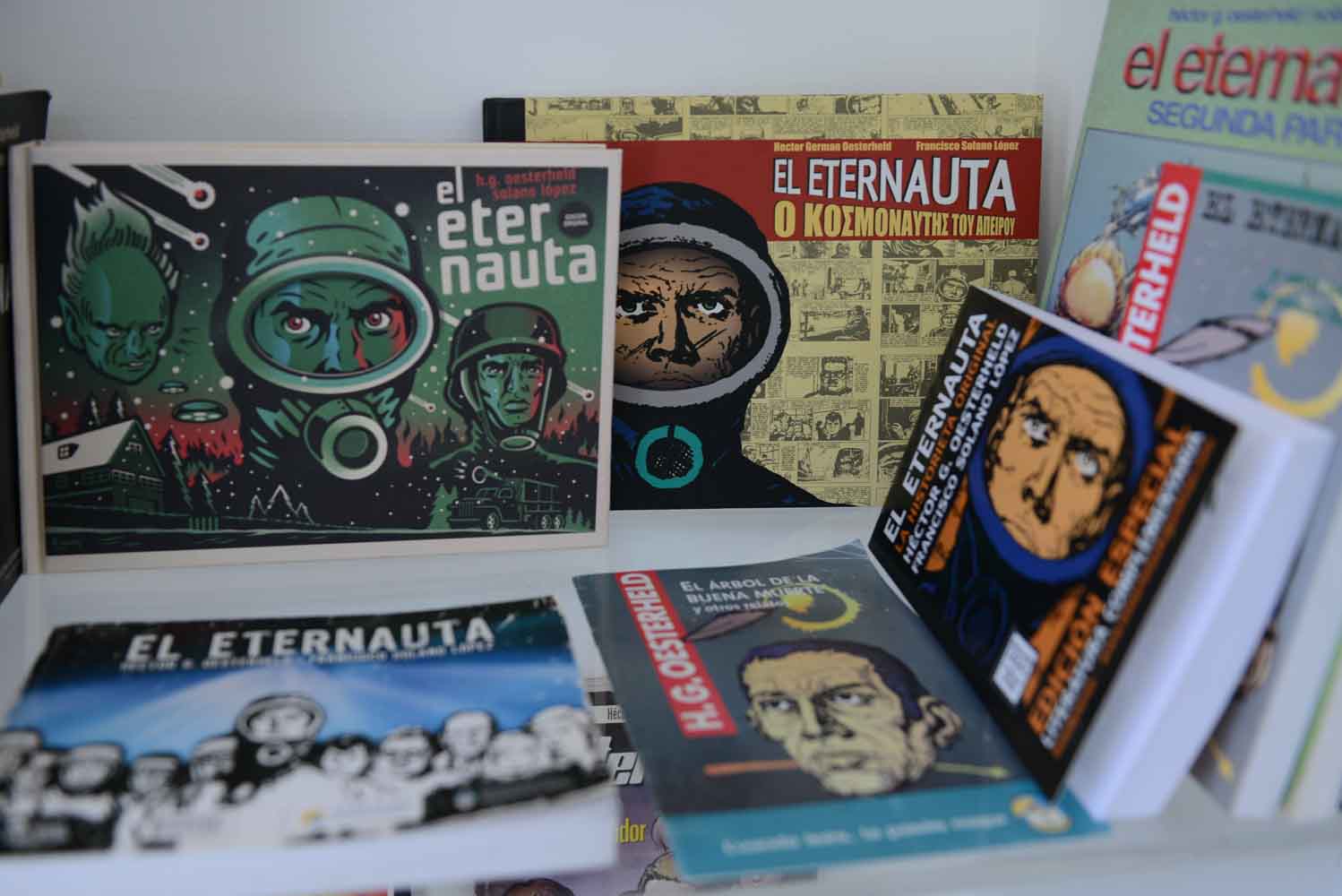
Similar to “Robinson Crusoe”, "The Eternaut" also tells the story of the loneliness of people in a trap , but unlike Robinson Crusoe, the protagonist is no longer trapped by the vast ocean, but by the threat of death. In addition to the killing rays, the alien invasion weapons also include the fear of death: After the collapse of society, former friends might become enemies, and the survivors' fear of death made them kill each other; Under the illusion of aliens, the instinctive fear of fire for thousands of years overwhelmed the discipline, and the most tenacious troops were defeated in an instant and were wiped out by aliens; and the alien "Hand Man" tribe that fought against humans was not the mastermind of all this, but just a puppet of "them" who never showed up. Under the control of "them", the fear of death eventually killed the "Hand Man".
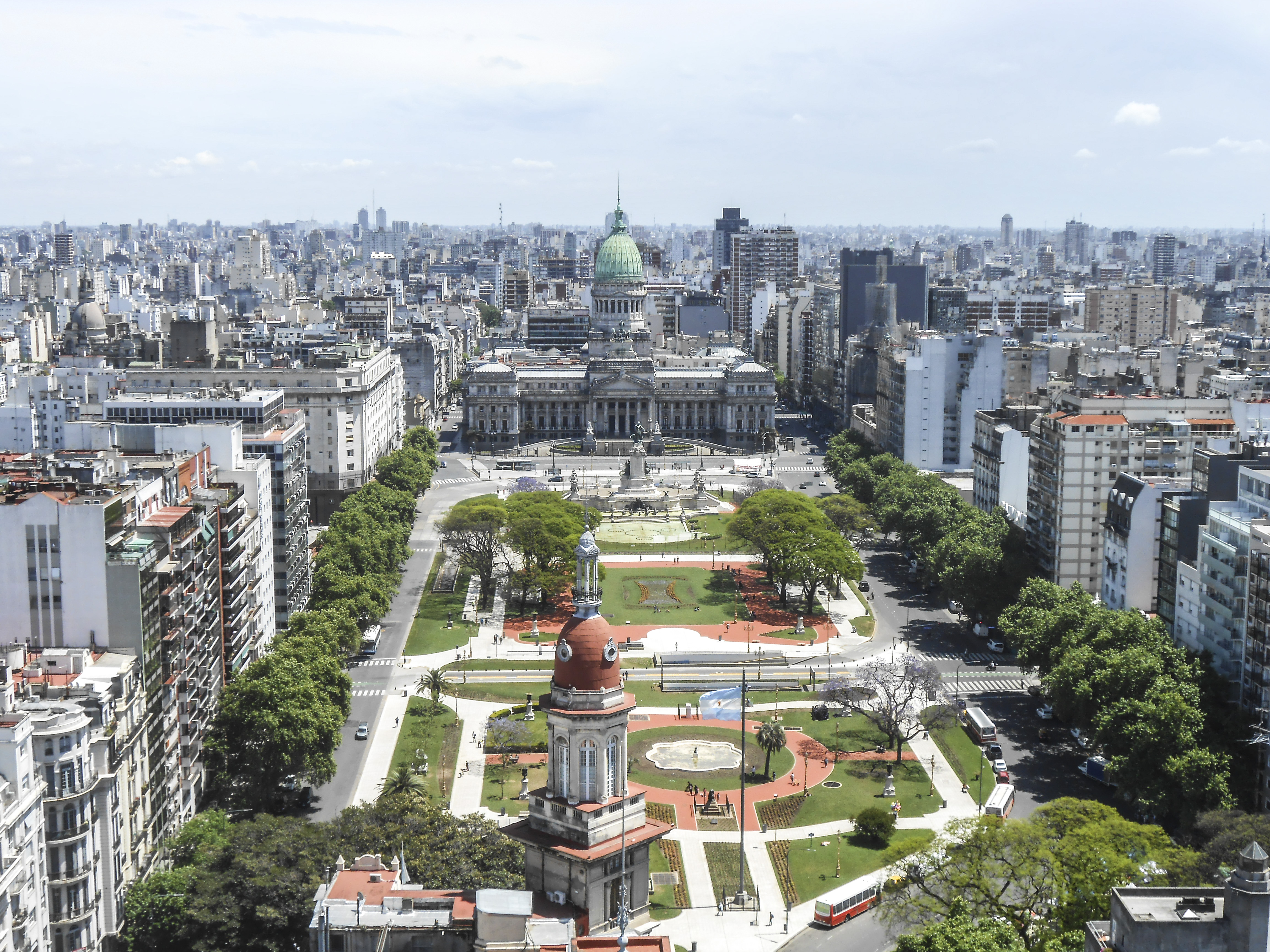
"The Eternaut" visualizes trapped Argentina. The protagonist in the story repeatedly switches between victory and defeat. In reality, Argentina has seen frequent changes in military and civilian governments, and Argentina's economy has repeatedly fluctuated between prosperity and crisis. Argentina escaped two world wars, but not the Cold War. In Argentina during the Cold War, any politician who tried to strengthen workers' rights would be seen as a threat in the eye of the United States, while ordinary Argentines could not turn a blind eye to their difficult situation. As a result, Argentina was trapped in the war between populism and US intervention until it was torn to pieces.

It is not just Argentina that is trapped, but the entire Latin America. Since 1946, “the School of the Americas”, founded by the United States, has supported and trained many Latin American dictators. Latin America's most ambitious military officers have been trained here to become agents for Washington to fight drugs and conduct subversion wars. The situation in Latin America has also affected Oesterheld's mentality. Oesterheld used to focus on writing popular science articles and children's stories, but after witnessing the abuse of political and military power in other Latin American countries in the past few decades, he told the cautionary fable of "The Eternaut".
Although "The Eternaut" does not adopt the magical realism writing style commonly seen in Latin America, it depicts the same loneliness and fear. In 1957, when "The Eternaut" was published, Argentina's politics and economy were relatively stable. The loneliness and fear described by Oesterheld were more derived from his perception of the current situation in other Latin American countries. Just as Márquez described the source of Latin American literature in his Nobel Prize-winning speech, "The Solitude of Latin America"(La Soledad de América Latina): "This extraordinary reality is not written on paper, but coexists with us and causes us to die a lot every moment. At the same time, it has become an inexhaustible source of creation full of misfortune and beautiful things." It is the deep-rooted dilemma of Latin America that gave Oesterheld inspiration: the endless murderous snow represent the commonplace violence in Latin America, the puppet "hand man" represents the military and police who enforce tyranny under the national terrorist policy, and the mastermind "them" represent the foreign forces whose influence is everywhere.

But in the face of difficulty, Oesterheld still did not forget the best qualities of Latin America: resistance and hope. As Márquez mentioned at the end of "The Solitude of Latin America": "Nevertheless, in the face of oppression, plunder and discrimination, our answer is to live on. No flood, plague, hunger, unrest, or even hundreds of years of war can weaken the advantage of life over death." In Oesterheld's mind, the heroes who can fight to the end and save Latin America are collective heroes. He frankly said in the preface: "The real hero in “the Eternaut” is a collective hero, a hero of the human group. Although it is not a deliberate pursuit, it does reflect my thoughts in my heart: the only hero is a "group" hero, not - never - an individual hero, a lone hero." There are no superheroes in “The Eternaut”. In the face of s difficulty, the people who bravely stand up are always ordinary people: small owners who run transformer factories, physics professors who do electrical research, and furnace workers who love science fiction. Faced with waves of alien attacks, they have never given up the fight. Although the Earth failed to escape the control of aliens at the end of the story, a "hand man" who escaped from "them" emphasized the significance of fighting to the end: Human resistance is meaningful to other groups that are also fighting, because it can let them know that there are still intelligent life forms that are determined to fight to the end. Just as humans have a common sense of family, patriotism, and solidarity with other humans, there is also a sense of solidarity among the intelligent life forms in the universe, no matter how different they are, and this sense of solidarity will make other intelligent life forms fight to the end.
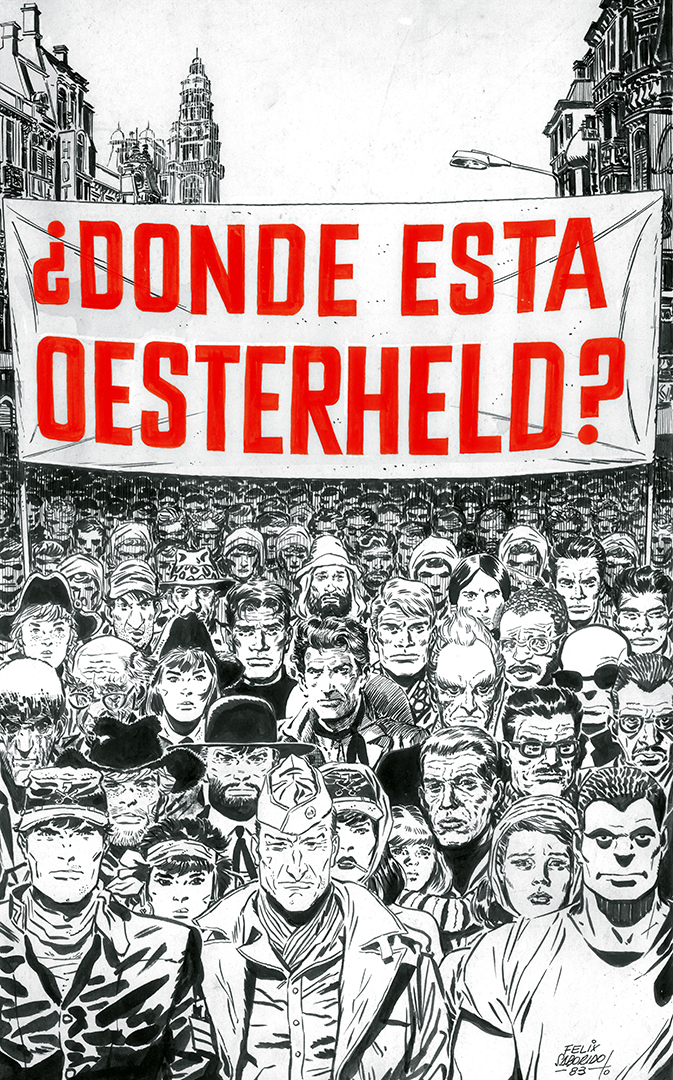
Oesterheld also fought to the end with his life. In the 1970s, state terrorism was everywhere in Argentina. Oesterheld and his four daughters joined the Montoneros guerrillas to fight against the government that oppressed the Argentine people. The situation in Argentina gradually deteriorated. In 1976, with the support of the United States, the Argentine military government launched the "Dirty War", kidnapping and murdering opponents. In 1977, Oesterheld and his four daughters were arrested and killed by the Argentine armed forces, becoming one of the thousands of victims in the "Dirty War". But Oesterheld fought to the last moment of his life. Even in prison, he still used his pencils and paper, creating new stories, fighting to the end for better art and a better world. The death of a person, the destruction of a family, the turmoil of a country, the sadness of an era. The death of Oesterheld and his family represents the consequences of the United States' cold-blooded interference in Latin America during the Cold War. Márquez once asked: "Why can we be allowed to maintain our characteristics in literature, but are full of doubts and refuse our independence in social change?"
.jpg)
Despite the difficulty, Oesterheld's fellow Argentines never gave up hope. Since 1977, mothers who lost their children in the "dirty war" have publicly protested in the Plaza de Mayo every Thursday afternoon; although the main body of the Montoneros guerrillas was quickly eliminated by the military government, some "special forces" continued to fight until 1981; and after Argentina's defeat in the Falklands War, a large-scale anti-government movement broke out in Argentina, eventually forcing the Argentine military government to give way to a legitimate government elected by the people in 1983. Since then, Argentina has maintained political stability to this day and has escaped the trap of political turmoil.
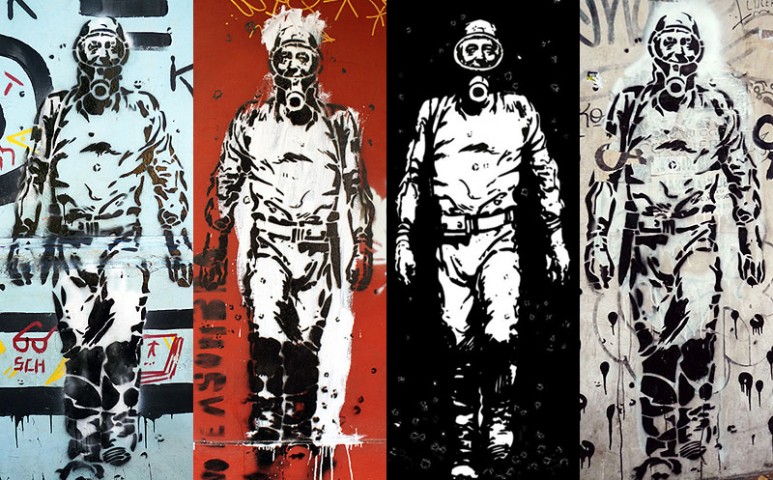
After the fall of the military government, people can finally publicly mourn Oesterheld, who is known as the pioneer of modern Argentine comics, and "The Eternaut" is also known as one of the greatest comics in Argentina. "The Eternaut" has forever become a part of Argentine culture and national spirit. Whenever Argentina is in trap, the collective heroes in "The Eternaut" who wear filters and carry rifles will return to the streets of Buenos Aires again, reminding people to maintain the best qualities of this country: resistance and hope.
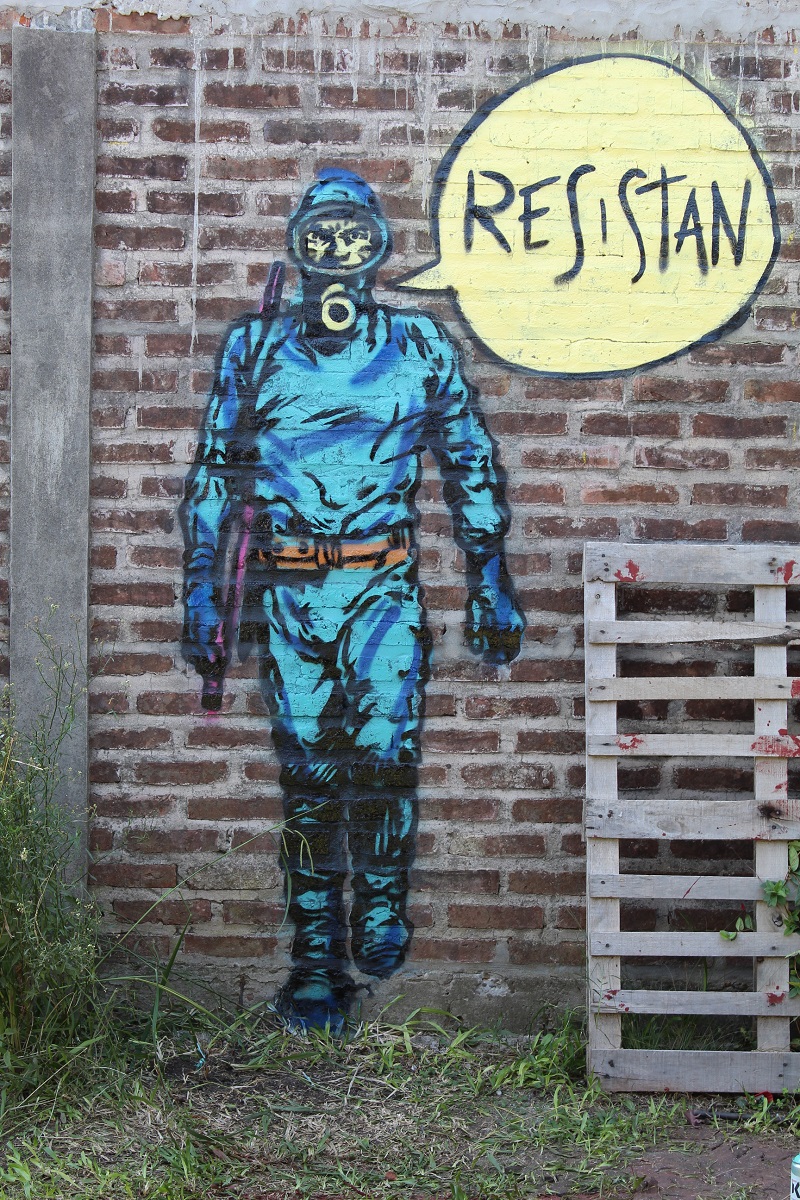
Appendix
Since the history of Argentina in the 20th century is quite complicated, here is a brief list of some key events that influenced Oesterheld's life for reference.
On May 25, 1910, Argentina celebrated its 100th anniversary of independence. The Plaza de Mayo was brightly lit and Argentina was known as the "Granary of the World" (el granero del mundo).
On July 23, 1919, Héctor Germán Oesterheld was born in Buenos Aires. Influenced by his parents, he believed in leftist ideals throughout his life, especially advocating diversity and tolerance.
In 1930, Argentina was not immune to the global Great Depression, which brought about unsalable agricultural products. José Félix Benito Uriburu, with the support of British interest groups, launched a military coup and overthrew the democratically elected president who was helpless in dealing with the Great Depression. Argentina fell into “the Infamous Decade”, which also foreshadowed Argentina's future of political turmoil and economic instability, and foreign interference in Argentina's internal affairs would become more common.
In the early 1940s, Oesterheld studied geology at the Universidad de Buenos Aires and graduated. His geological background made his later science fiction stories more realistic.
In 1943, in an effort to escape the corruption of the "Infamous Decade" and British intervention in Argentina, a nationalist faction of the military called the Grupo de Oficiales Unidos (GOU) launched another military coup. This coup paved the way for the rise of Juan Domingo Perón and his Peronism, and foreshadowed a trend towards more nationalist policies in Argentina.
On January 3, 1943, Oesterheld published his first story, "Truilia y Miltar," in the Sunday literary supplement of the newspaper “La Prensa”. Oesterheld's first articles were not political, as he focused on writing popular science articles and children's stories.
On June 4, 1946, Perón became president of Argentina. He and his wife, Eva Perón, became the central figures of Argentine culture at that time. The campaign slogan "Perón or Braden" was heard everywhere, pitting Perón against the US ambassador to Argentina, Braden, and portraying Perón as a warrior who protected the Argentine people from the invasion of the United States. This slogan was a preview of Perón's political philosophy and administrative measures, foreshadowing the rise of Argentine populism. This slogan also clearly marked the shift of foreign threats in the Argentine public consciousness, from Britain to the United States. And with the outbreak of the Cold War, the US intervention in Argentina would become more serious.
In 1951, Oesterheld created his first comic book, and from then on his creative form changed from articles to comics. In the 1950s, Oesterheld became friends with some Argentine and Italian comic writers and together they created the "Golden Age of Argentine Comics".
In 1955, Argentina was in economic distress and corruption was serious. A series of social reforms by Perón also caused him to lose the support of the Catholic Church and the military. A military coup took place in Argentina again, and Perón stepped down and went into exile in Spain. Argentina began to frequently change between military and civilian governments.
In 1956, Oesterheld and his brother Jorge founded their own publishing house, Editorial Frontera. On September 4, 1957, Oesterheld's most famous work, "The Eternaut", began to be serialized in Frontera's weekly magazine, Hora Cero Semanal. From this point on, Oesterheld's art became more political, and "The Eternaut" is an example of his change. "The Eternaut" regards ordinary people as heroes. In the face of difficulty, it is always ordinary people who stand up bravely.
On August 18, 1961, Che Guevara returned to his hometown Argentina for the last time. The Argentine President Arturo Frondizi tried to mediate the tension between Cuba and the United States, but ultimately achieved no practical results. The Cuban Missile Crisis broke out in October 1962, the following year, and the Cold War reached one of its most tense moments. Frondizi's friendly attitude towards Cuba aroused the dissatisfaction of the military, which eventually led to his overthrow by a military coup and imprisonment by the military on Martin Garcia Island.
In 1961, Editorial Frontier eventually declined and closed due to the economic downturn in Argentina and the exodus of Argentine comic writters to Europe. Despite this setback, Oesterheld remained optimistic and created “Mort Cinder” the following year, 1962, which is widely regarded as one of the best comics ever produced in Argentina.
On June 28, 1966, the Argentine armed forces launched a coup and began a dictatorship that called itself the "Argentine Revolution" (Revolución Argentina). On July 29 of the same year, the Night of the Long Batons (La Noche de los Bastones Largos) incident occurred, and the military government violently expelled students and teachers from five colleges of the University of Buenos Aires, breaking Argentina's tradition of university autonomy. From then on, Argentina began to lose talent at an accelerated rate, and culture and academic decadence began. Many military personnel involved in the 1966 coup had been trained in the "School of the Americas". This school, run by the US military, supported and trained many Latin American dictators. The adverse influence of the "School of the Americas" on Argentina began to emerge from then on, intensified in the future, and finally reached its peak during the "Dirty War".
In 1968, Oesterheld's editor, Jorge Álvarez, wanted to record the life of some great Latin Americans. So Oesterheld created "Vida del Che", hoping to inspire more Argentines and Latin Americans to follow Marx's teachings and fight the government by using Che Guevara as a role model. But once it was published, the military government ordered the book to be stopped and destroyed the printing plates of the book. Oesterheld continued to create biographies of great Latin Americans. He had completed the script for "Evita, vida y obra de Eva Perón", a biography of Mrs. Perón, but under the censorship of the military government, the comic book was never published during Oesterheld's lifetime.
In 1970, the Montoneros guerrillas demanded that Perón return to Argentina. Their slogan was "Perón or death" (Perón o muerte). They kidnapped and executed Pedro Eugenio Aramburu, the former dictator who had overthrown the Perón government. This event marked a turning point in Argentine history. This violent action paved the way for Perón's return to Argentina and also showed the determination of radical groups to take extreme measures to fight the government. Since then, the influence of the Montoneros guerrillas and other radical groups in Argentina has increased, and Argentine society has become more turbulent.
In 1973, Oesterheld published "450 Years of the War against Imperialism"(450 años de guerra contra el imperialism) in the Montoneros guerrilla newspaper “El Descamisado”. In this comic, Oesterheld tells the history of Argentina and highlights the role of the Argentine people at each historical moment.
In 1973, the military government was unable to cope with the radical student movement and repeated armed attacks, and decided to reconcile with the Peronists. Juan Perón, who had been in exile for many years, was able to return to Argentina and serve as president again.
In the face of violence and political unrest in Argentina in the early 1970s, Oesterheld joined the Montoneros guerrillas, first as a member of the press committee and later possibly as a member of the group's more radical offshoots.
In 1974, Perón died and was succeeded by his third wife, Isabel Perón, the Vice President of Argentina. After Perón's death, the situation in Argentina deteriorated further, and the Argentine Anti-Communist Alliance (Alianza Anticomunista Argentina, Argentina 3A Organization) implemented a policy of state terrorism, torturing, kidnapping and executing without trial those who were considered "subversive elements". The Montoneros guerrillas decided to go underground again and restart the armed struggle, and the slogan was changed to "Motherland or Death" (Patria o muerte).
In 1975, Oesterheld began writing the screenplay for "The Eternaut II". By this time, he was already a member of the Montoneros guerrilla, so the script for the sequel was more political, emphasizing the unlimited violent resistance to oppression.
In 1976, amidst the deteriorating security and economic situation, the Argentine armed forces launched a coup against Isabel Perón and launched the military dictatorship of the "National Reorganization Process" (Proceso de Reorganización Nacional). With the support of the United States, the military government launched the "Dirty War", kidnapping and murdering opponents. The "Dirty War" was part of the "Operation Condor", a US-backed political persecution and state terrorism campaign that caused tens of thousands of deaths in Latin America.
In 1977, Oesterheld and his four daughters who were also members of the Montoneros guerrillas were arrested by the Argentine armed forces. The Montoneros guerrillas had been largely wiped out by the military junta, but some "special forces" continued to fight until 1981.
In 1977, the "Madres de Plaza de Mayo" movement began. The "Madres de Plaza de Mayo" was the first large group to organize against the human rights violations of the Argentine junta. Since 1977, mothers who lost their children in the "Dirty War" have been protesting publicly every Thursday afternoon in the Plaza de Mayo. They wear white scarves, which symbolize the diapers of their lost children, with their children's names and dates of birth embroidered on them, as well as their main demand: come back alive "Aparición con Vida".
In the late 1970s, Oesterheld and his family were brutally murdered, including himself, his four daughters, three sons-in-law, and two of his four grandchildren. Oesterheld's widow, Elsa Sánchez, joined the "Madres de Plaza de Mayo" movement, participated in protests, and became its spokesperson. With the help of some soldiers who sympathized with Oesterheld and loved his comics, one of Oesterheld's surviving grandchildren, Fernando, was reunited with Elsa. Another grandchild, Martín, was eventually released into Elsa's custody as a result of the " Madres de Plaza de Mayo " movement.
In 1982, the Argentine junta launched the Falklands War to divert the domestic crisis. The war ended with Argentina's defeat, triggering a large-scale anti-government movement and accelerating the collapse of the military junta. In 1983, the Argentine military junta gave way to a democratically elected legitimate government, ending Argentina's nearly half-century-long political turmoil. However, Argentina fell into a period of economic turmoil, and its economy has since experienced many booms and crises.
In 1983, after the fall of the military junta, Oesterheld was finally able to be publicly commemorated. Cartoonist Félix Saborido created an illustration showing Oesterheld's famous characters under a huge banner that read "Where is Oesterheld?"
In 1985, the new government tried the nine leaders of the military junta. As of May 2013, more than 2,000 people from the former military junta were accused of crimes against humanity, and those who lost their families in the "dirty war" finally got justice.
In 2007, to commemorate the 50th anniversary of the publication of "The Eternaut", the Argentine government designated September 4 as "Comics Day" (Día de la Historieta). Oesterheld's comics are also recognized as masterpieces of Argentina and have been translated into many languages and spread around the world. Juan Salvo, the protagonist of "The Eternaut", has also become a cultural symbol of Argentina, symbolizing the courageous and fearless spirit of resistance.